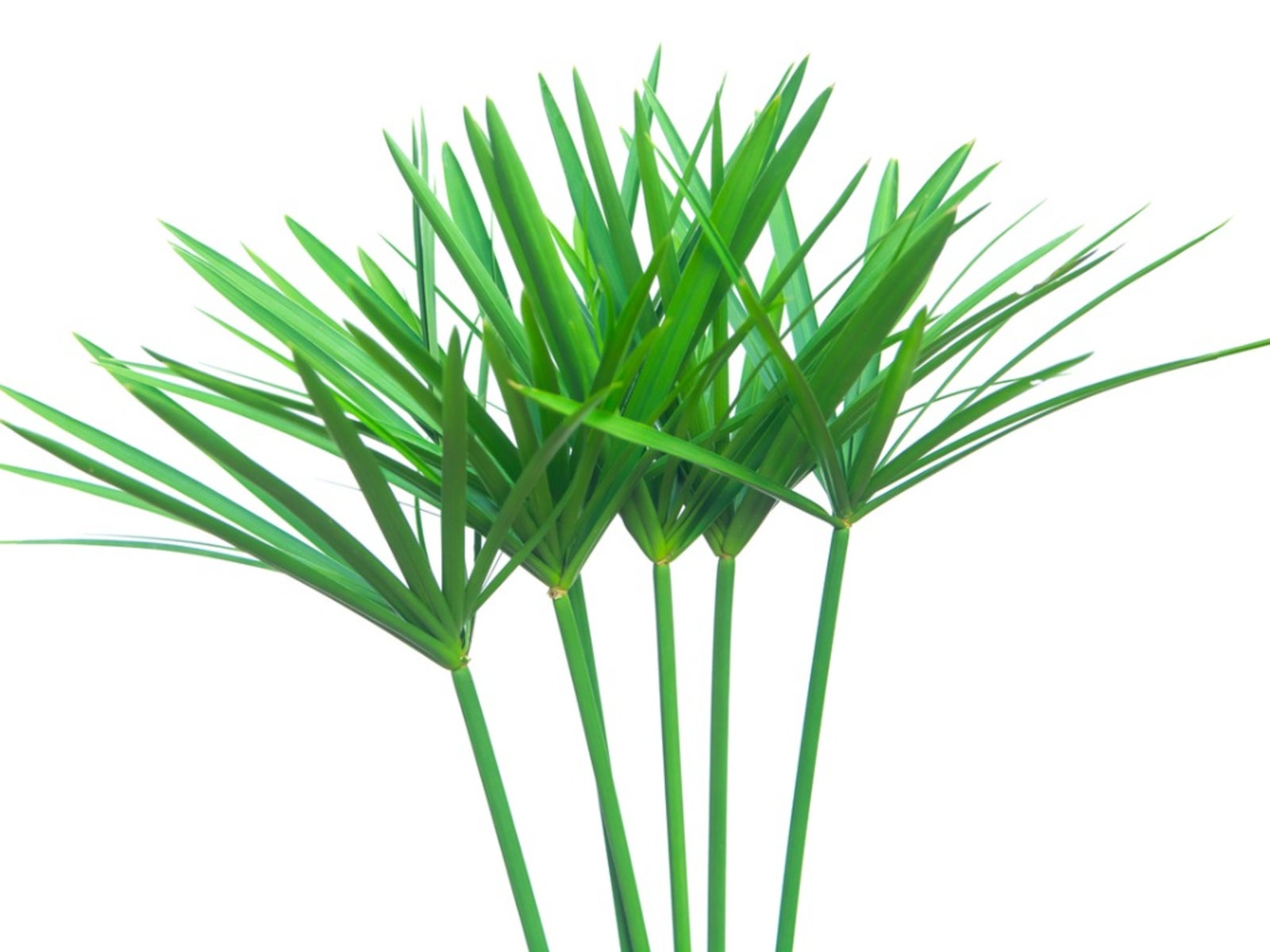Umbrella Flat Sedge: About Umbrella Sedge And Tips For Controlling Sedge Weeds


Umbrella flat sedge is an ornamental grass often seen at the edges of rivers and ponds. It is a warm season perennial and grows best in USDA zones 8 to 11. The plant may become invasive in some areas, so it is important to become familiar with the plant and recognize its characteristics before adding it to your garden area.
What is Umbrella Sedge Weed?
So then, exactly what is umbrella sedge and how do I recognize it in the landscape? The plant is attractive and related to the bulrushes and papyrus of Biblical Nile fame. Umbrella sedge is a tall grass, which can get up to 16 inches (40 cm.) in height and grows in clumps of plants. It has no recognizable leaves, but produces bracts at the top of the stem, which resemble umbrella spokes. These modified leaves produce a cluster of florets where it attaches to the main stem. These in turn become the tiny brown-scattered seeds and are the cause of the plant's other name, umbrella sedge weed. Umbrella flat sedge flowers from May until November. The tiny seeds form shortly after the flowers decline and are borne in small oval fruits, hard and brown as nuts. Umbrella flat sedge grows quickly from seed that falls in moist, organic rich soil. The plant then forms a complex tangled root system, which can make removal from unwanted areas difficult.
Types of Umbrella Sedge
If you keep the flower heads plucked, umbrella sedge weed makes an attractive addition to the home pond or water feature. There is some confusion as to the identification by botanists of umbrella flat sedge. It was previously identified as Cyperus alternifolius but is now recognized as Cyperus diandrus. There are also several types of umbrella sedge useful for the landscape. The dwarf umbrella sedge is probably the most popular, however, and produces a low profile plant perfect for marginal planting. This dwarf form will grow no more than a foot (30 cm.) tall and has the same flat, wide bracts as the common umbrella sedge.
Controlling Sedge Weeds
Umbrella sedge weed is a problem in areas with moist, boggy, and natural terrain. The African native plant will quickly colonize local areas and can endanger wild species of plants. Controlling sedge weeds is important to sustain the wild, native populations and encourage the health of the ecosystem. For the most part, controlling sedge weeds is easily accomplished by removing the flowers before they produce fruit and seeds. In highly invaded areas, you will have to resort to an aquatic herbicide. It is a good idea to check with your local extension office to determine which herbicides will work best and will cause no harm to the environment. Mechanical removal is difficult, as the grass has tangled rhizomes that will regrow if left in the soil. Unearth all the rhizomes and roots for complete removal of this scrappy plant.
Gardening tips, videos, info and more delivered right to your inbox!
Sign up for the Gardening Know How newsletter today and receive a free copy of our e-book "How to Grow Delicious Tomatoes".

Bonnie Grant is a professional landscaper with a Certification in Urban Gardening. She has been gardening and writing for 15 years. A former professional chef, she has a passion for edible landscaping.
-
 Looking For Plants To Give You The Soft And Fuzzies? Try These 5 Fuzzy Leaf Plant Options
Looking For Plants To Give You The Soft And Fuzzies? Try These 5 Fuzzy Leaf Plant OptionsLovers of texture, drama, silver foliage and tactile plants will adore these special sensory garden additions. These fuzzy leaf plant options will leave you all aglow
By Susan Albert
-
 Get Ready For A Summer Of Hummers! Grow These Full Sun Hummingbird Plants and Flowers
Get Ready For A Summer Of Hummers! Grow These Full Sun Hummingbird Plants and FlowersIf you’re lucky enough to enjoy a sunny backyard, make sure you are maxing out on your pollinator opportunities and grow these full sun hummingbird plants and flowers
By Tonya Barnett